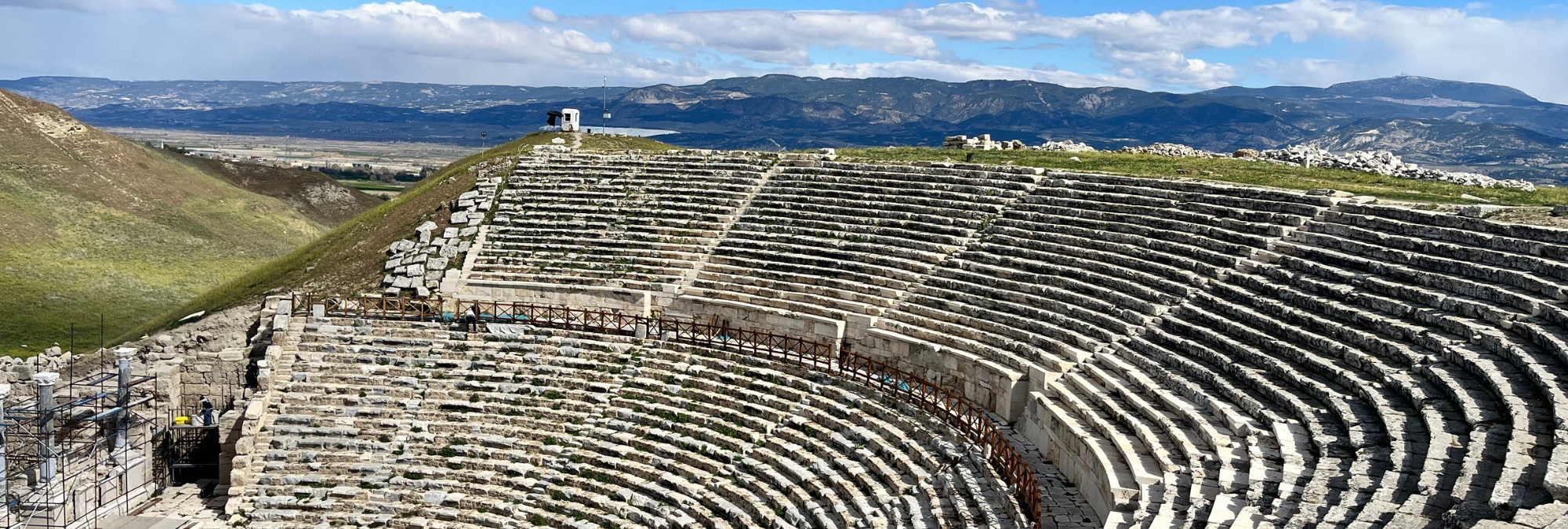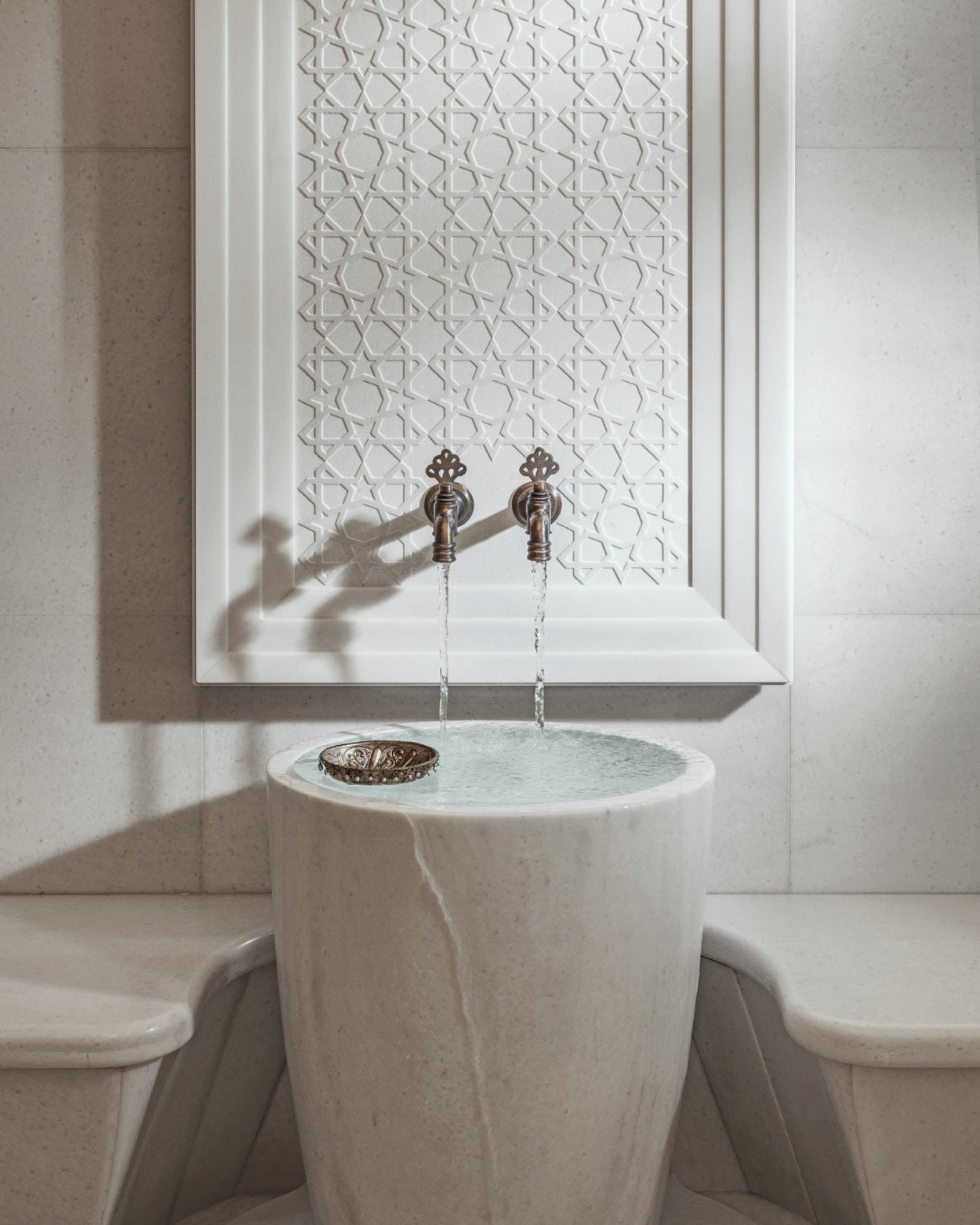On a recent journey to Buldan Turkiye, Didem found herself drawn to the ancient city of Laodicea, a place steeped in history and mystery. It was here that she uncovered a hidden gem, a connection to thread weaving that has endured through the ages, weaving together the past and the present in a tapestry of culture and tradition
The Aegean breeze carried the scent of wild thyme as I wandered through the sun-drenched ruins of Laodicea on the Lycus, a city that once hummed with the vibrant energy of commerce and culture.
What secrets lie within the ancient city of Laodicea?
Standing amidst the fallen columns and grand remnants of its past, it was easy to imagine the bustling agora, the echoes of philosophical debate in the stadium, and the murmur of daily life along its colonnaded streets. But beyond the impressive scale of its Roman and Byzantine heritage, I discovered a more subtle, yet equally compelling story woven into the very fabric of this ancient land: the enduring connection to textile production.
How does thread weaving play a role in the history of Laodicea?
My visit wasn't just about admiring impressive stonework; I was on a quest to understand the threads that link Laodicea's prosperity to the rich textile traditions of this region, a story that stretches back millennia. While Laodicea flourished particularly during the Roman period, its strategic location at the crossroads of trade routes meant it was privy to the agricultural bounty and skilled craftsmanship of the surrounding valleys for far longer.
What does this enduring connection to thread weaving signify?
The fertile lands around the Lycus River have long been ideal for cultivating flax and rearing sheep, the foundational materials for linen and wool. Even before Laodicea rose to prominence, the indigenous populations of Anatolia were renowned for their weaving skills. Archaeological evidence from nearby sites reveals sophisticated textile production dating back to the Neolithic era, with spindle whorls and loom weights whispering tales of early mastery.
Historical accounts and inscriptions hint at the city's involvement in the production and export of fine wool and dyed fabrics. The very name "Lycus" might even be connected to the shimmering quality of the river's water, perhaps believed to enhance the dyeing process. Imagine the vibrant hues being created here, destined for markets across the ancient world! Much like the stone and woodblock printing of muslin cotton robes that exist in surrounding areas today!
A Testament to Success
As I explored the remnants of what were likely workshops and commercial areas, I pictured the rhythmic clatter of looms and the skilled hands transforming raw fibers into valuable commodities. The wealth generated by this trade undoubtedly contributed to the city's grandeur, funding the impressive structures that still stand today.
The connection to textiles doesn't end with antiquity. As I ventured into the nearby modern towns and villages, I witnessed a continuation of this age-old tradition. In local markets, I saw handwoven carpets with intricate patterns passed down through generations, the vibrant colors echoing the natural dyes used centuries ago. The feel of locally sourced wool and cotton in my hands was a tangible link to the past, a reminder that the skills and resources that once fueled Laodicea's economy still play a vital role in the region's cultural identity.
A Living Legacy
My journey through Laodicea was more than just a historical exploration; it was a discovery of the enduring threads that connect the past and present. The whispers of wool and weave still echo through the ancient stones, a testament to the timeless relationship between the land, its people, and the art of creating fabric. It serves as a powerful reminder that even amidst grand ruins, the subtle stories of everyday life and enduring traditions hold a profound significance. The textile trade, for thousands of years, has been an integral part of this land's identity, a vibrant thread in the rich tapestry of Anatolian history.



